Digital Classroom
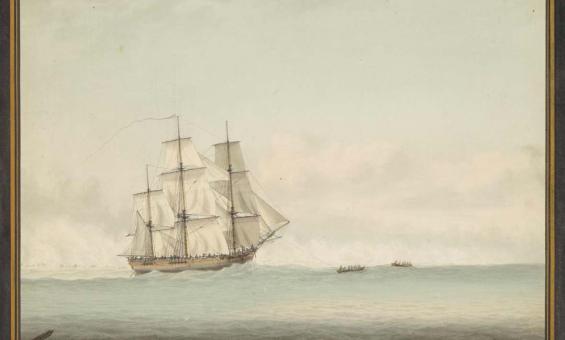
Samuel Atkins, (1794), HMS Endeavour off the coast of New Holland, nla.gov.au/nla.obj-135273911
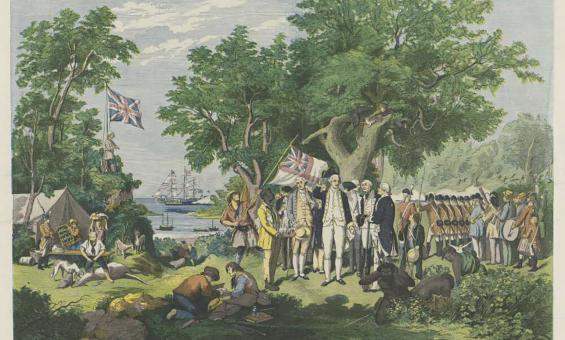
Samuel Calvert and JA Gilfillan, Captain Cook taking possession of the Australian continent on behalf of the British crown, AD 1770, under the name of New South Wales, 1865, nla.gov.au/nla.obj-135699884
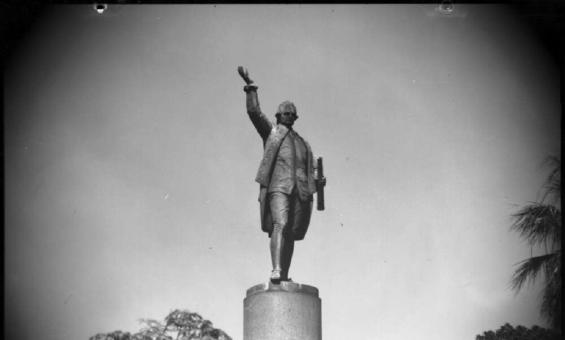
Frank Hurley and Thomas Woolner, Captain Cook's Statue, Hyde Park, Sydney, 1, 1910, nla.gov.au/nla.obj-160162538

James Cook, John Hutchinson, Samuel Wallis and Henry William Ferdinand Bolckow, Journal of H.M.S. Endeavour, 1768-1771, nla.gov.au/nla.obj-228958440
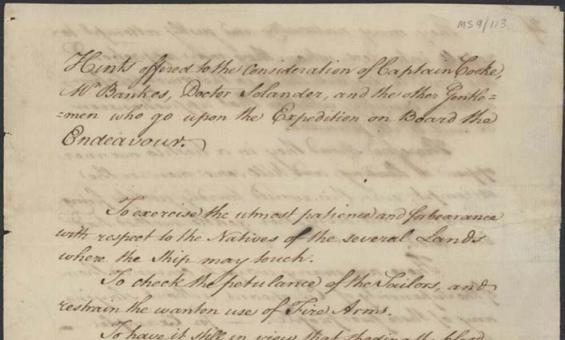
Joseph Banks, Papers of Sir Joseph Banks, 1745-1923 (bulk 1745-1820), nla.gov.au/nla.obj-223065342
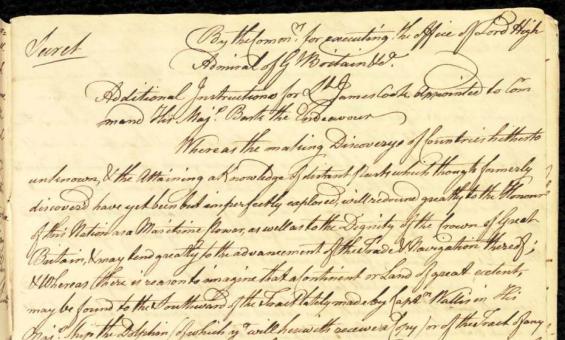
James Cook and Great Britain Admiralty, Cook's voyage 1768-71, 1768, nla.gov.au/nla.obj-229102048
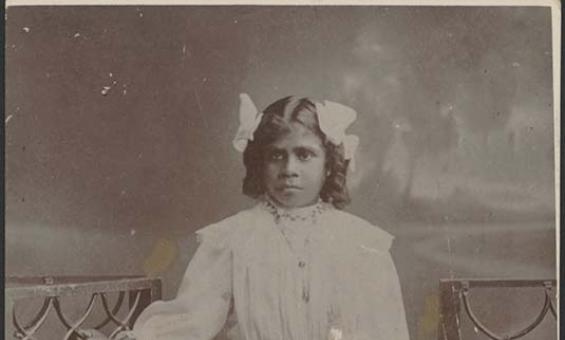
A real Australian native girl, Australian Aborigines' Mission, La Pérouse, New South Wales, 1910, nla.gov.au/nla.obj-137118878

Convict uniform and two caps [realia], 1830, nla.gov.au/nla.cat-vn2398685
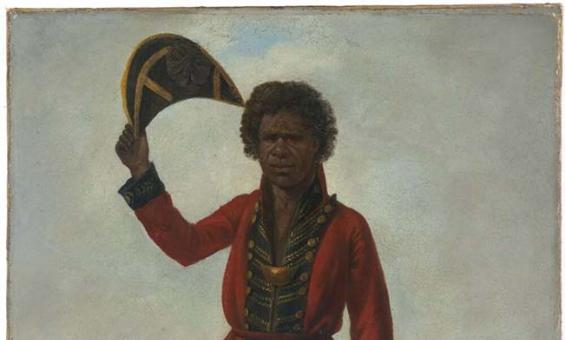
Augustus Earle, Portrait of Bungaree, a native of New South Wales, with Fort Macquarie, Sydney Harbour, in background [picture], 1826, nla.gov.au/nla.obj-134114940

Convict uniform and two caps between 1830 and 1849, nla.gov.au/nla.obj-139411772
A secondary punishment uniform from the transportation era, coloured to distinguish continuing offenders. Hand stitched. From Van Diemens Land.
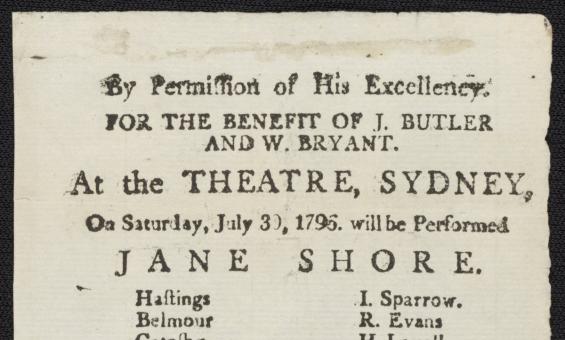
George Hughes (Government Printer), Playbill for a performance of Jane Shore, The Wapping Landlady and The Miraculous Cure at the Theatre, Sydney 30 July 1796, nla.gov.au/nla.obj-1419486
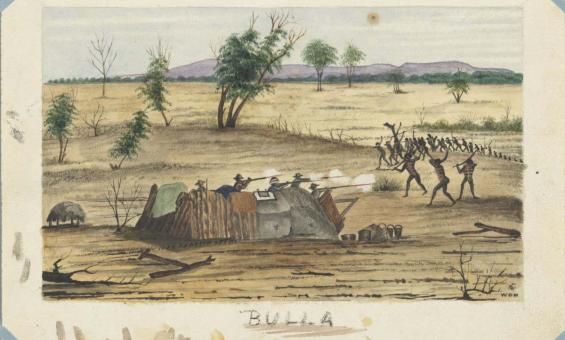
William Oswald Hodgkinson, Bulla, Queensland, 1861, nla.gov.au/nla.obj-147606769